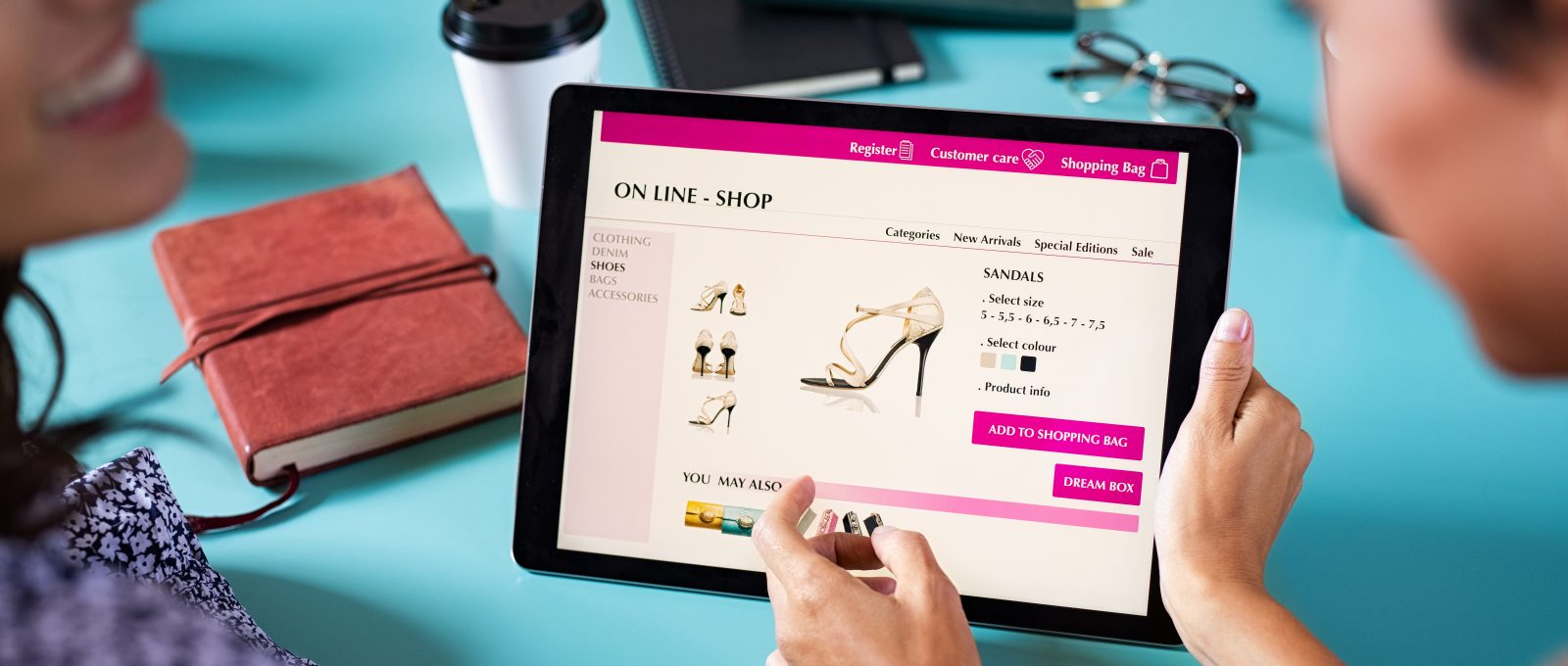Last year posed as a great year for some major changes and developments in the big world of e-commerce. These trends included the evolution of social media with regards to pushing the boundaries of strategies, and making some very impressive steps forward. So, what’s in store for the coming months? Here are our predictions for the future of e-commerce.
Social media will mark its place in e-commerce
Of course, one of the biggest developments in e-commerce last year was social media networks and their responses. Just a couple of examples of social media trend progressions are, the integration of Facebook Dynamic Ads on Instagram Shops, and the launch of Facebook’s product tags. These examples took social media platforms by storm, which enabled them to take a great step forward. We predict that these trends will only continue to grow and impress in the upcoming months.
Usually overlooked in the world of social media is Snapchat. The platform has taken e-commerce in its stride in the past year, by incorporating brand new advertising strategies and becoming a lot more available to users. In the past few months, Snapchat has begun to incorporate shopping ads as well. The discover, local, and live sections began by being tested by Target and Lancôme, whom advertised their products by using short videos which had cleverly incorporated built-in buying options. The user can swipe up from ads on the social networking app if they wish to order the product they’ve seen advertised via the platform.
All advertising features aren’t yet widely available, though the platform can still be used as a unique marketing tool. This option is available via what Snapchat is best known for, its geo-filters, regular filters and live stories. We predict that other brands are soon going to catch on to the movements Snapchat is making, which will inevitably make the network a trend-setter when it comes to social commerce evolution.
Omnichannel is going to be everywhere
Overcoming the gap between online and physical shopping was a big concentration for e-commerce last year. It has continued to do so this year, one example being, Google Local Inventory Ads showing online shoppers which products are available and in which stores. Plus, retailers now having the opportunity to find new ways to link both stores and e-commerce sites to better their shopping experience. It’s fair to say that in the next few months, retailers are set to push these concepts even further.
In order to do this, word in the e-commerce industry is that retailers are now trying to incorporate a strategy that gives customers touch-points to interact with. Therefore, we can expect to see more online retailers opening pop-ups and showrooms. This is due to the offering of a physical store allowing customers to engage with a deeper brand-consumer relationship. This poses as an alternative to constantly interacting through a screen.
November will be the ultimate shopping month
November is set to be the ultimate month for shopping this year. This is due to major global shopping events happening that month: Black Friday, Singles Day and Cyber Monday. We predict that in the future these days may just form into one big online shopping discount month. Instead of celebrating these shopping days separately, we think that we’ll head towards more of a ‘Cyber November’ concept which will increase the number of customers shopping online.
Reports have suggested that in the past customers have leaned towards Cyber Monday for their deals rather than Black Friday. This is due to them preferring to shop from the comfort of their own homes instead of getting caught up in crowded shopping centres. The progression in e-commerce here is that retailers are guaranteed to start expanding the amount of discounts to last a couple of weeks online.
These are just a few possible trends that we predict for the future of e-commerce. Although one thing is for certain, the next few months will reveal a huge amount about the exciting advancements for the whole e-commerce industry.







